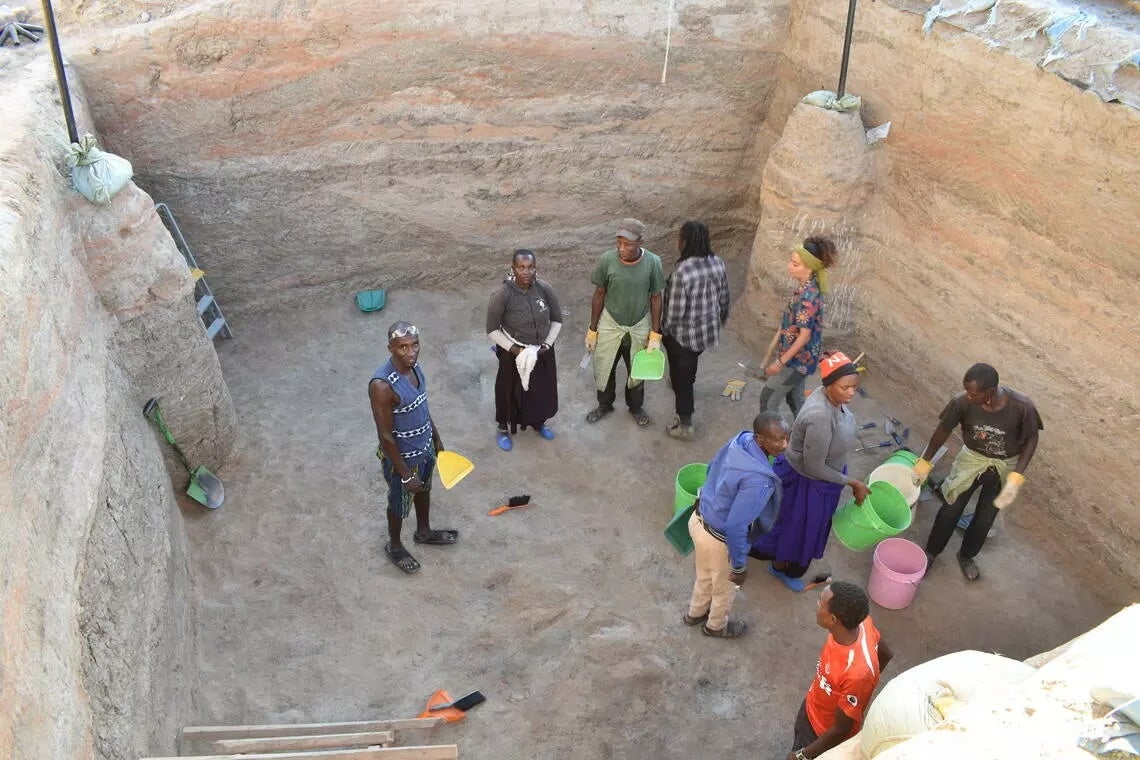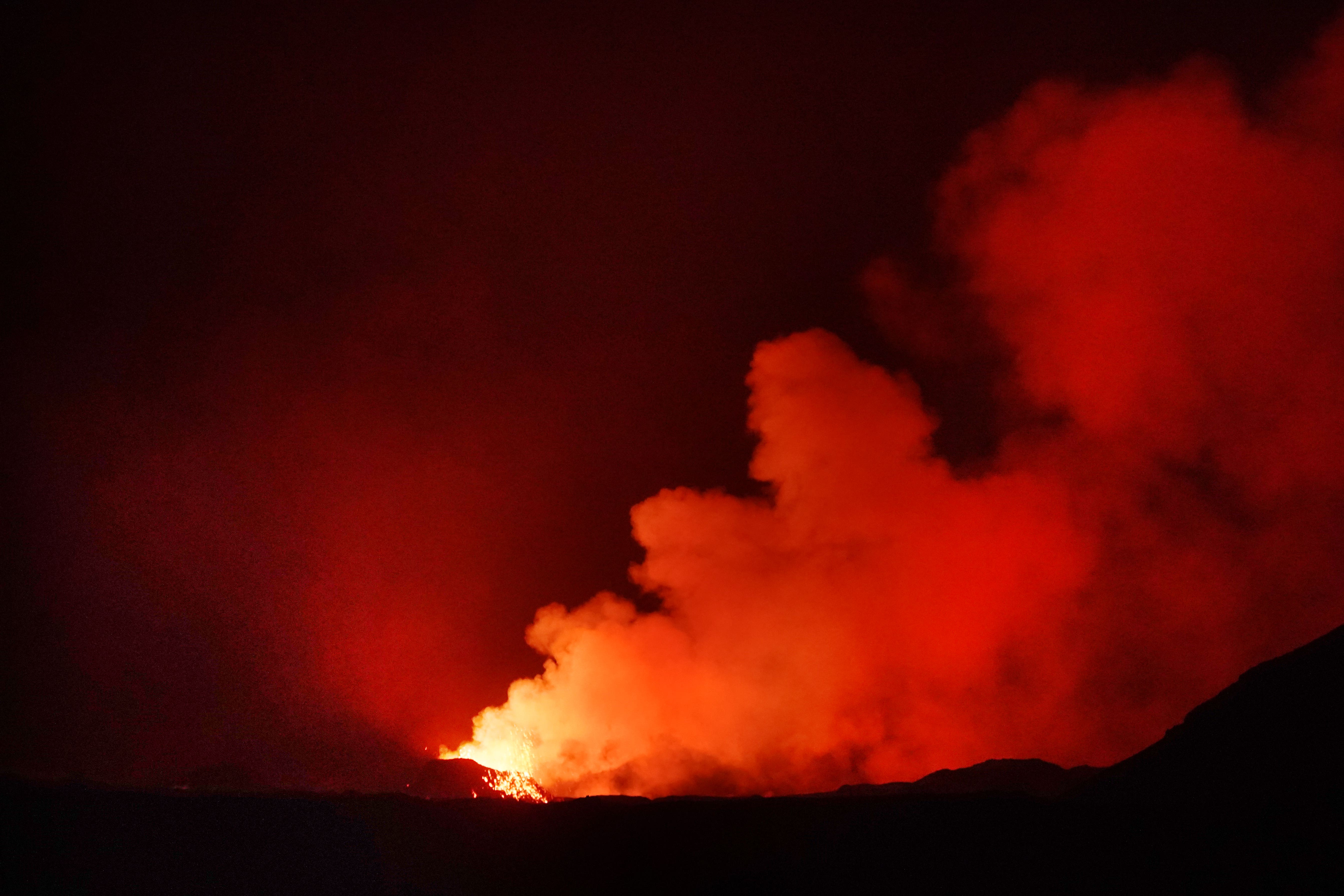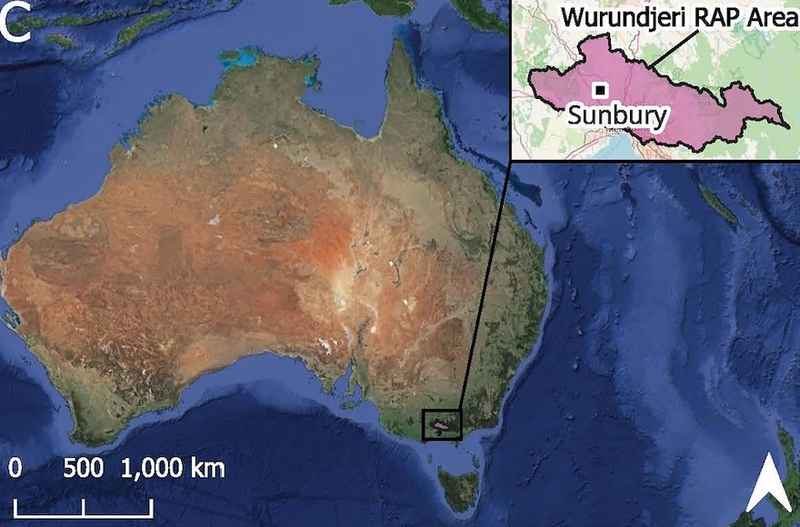Early humans adapted to harsh conditions over a million years ago, researchers find
Share:
Our early human ancestors had a much greater adaptability to survive in extreme environments than previously thought. A longstanding question about the history of humanity has been answered, researchers announced Thursday. More than a million years ago, long before our species Homo sapiens emerged, early humans adapted to desert-like conditions.
![[Co-authors from Tanzania, Canada, Kenya, Spain, and Germany, are gathered at Oldupai Gorge in Tanzania. Researchers were able to use data collected there to simulate the East African region more than a million years ago]](https://static.independent.co.uk/2025/01/16/22/DigSite2.jpg)
To reveal how this group of hominins were able to thrive under such extreme weather conditions, the international group of authors worked at Olduvai Gorge, a UNESCO World Heritage site in Tanzania. “By doing archeology, what we can see is that Homo erectus keeps coming back to the same place in the landscape over thousands of years,” University of Calgary professor Dr. Julio Mercader said. “It’s not a one-time camp.
“There is thickness to the accumulation of archeological remains and fossils that is telling us that a species was targeting a very specific point in the landscape to do what they came here to do,” he continued. Data from their aracheological study revealed that Homo erectus had repeatedly returned to live in locations with freshwater resources, and developed special stone tools.
“These prominent ancestors were not just able to survive in every kind of environment from rainforest to desert, but also build boats and get across ocean straits and get to different islands,” Kaplan remarked. Using their research, Kaplan was able to reconstruct past landscapes to simulate the East African region at the time. They found evidence for hominin activity under climate conditions that suggest really hot and dry periods.





















